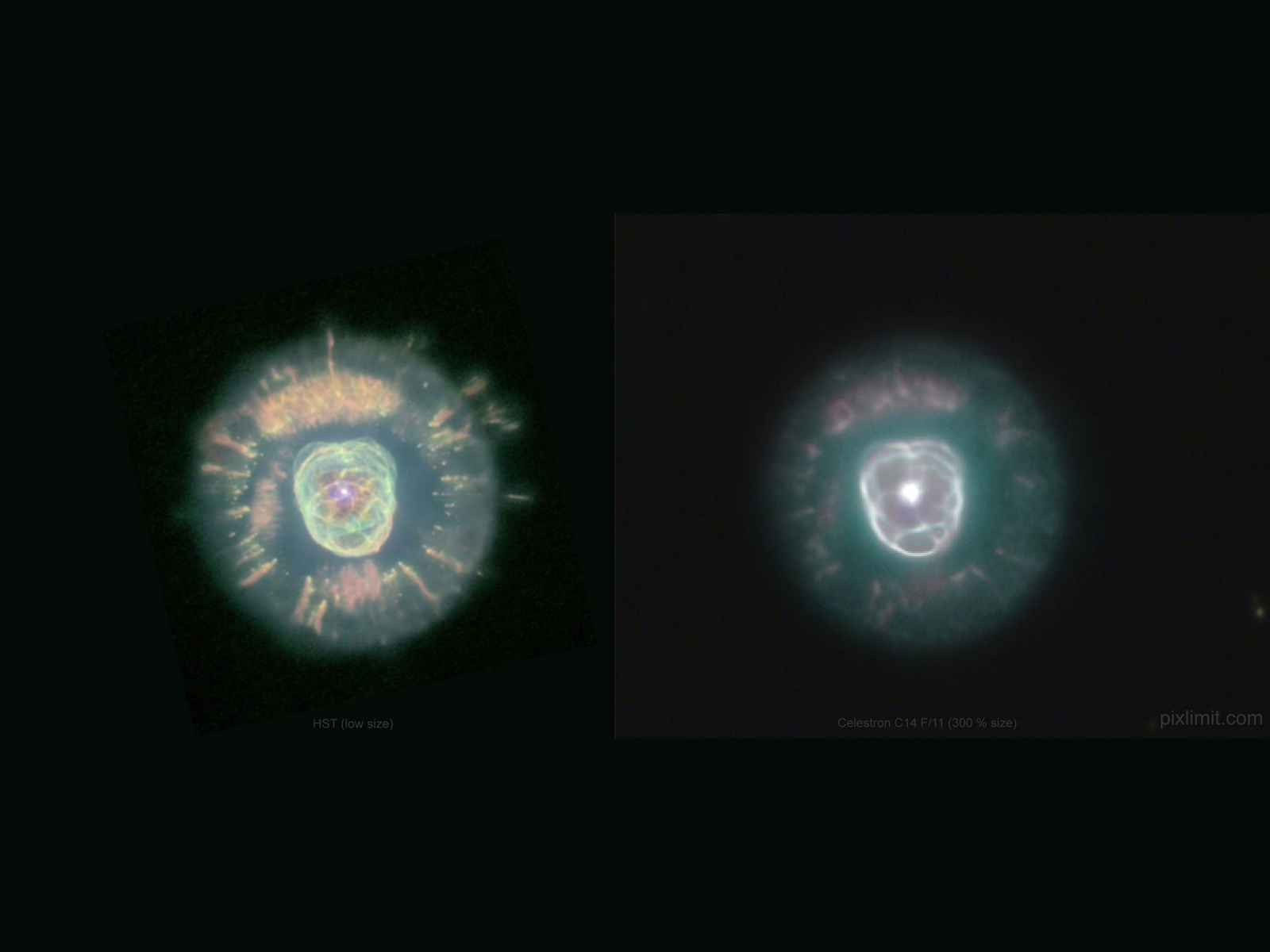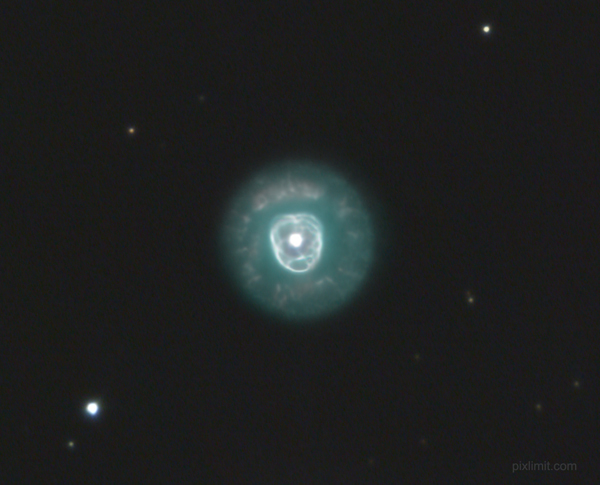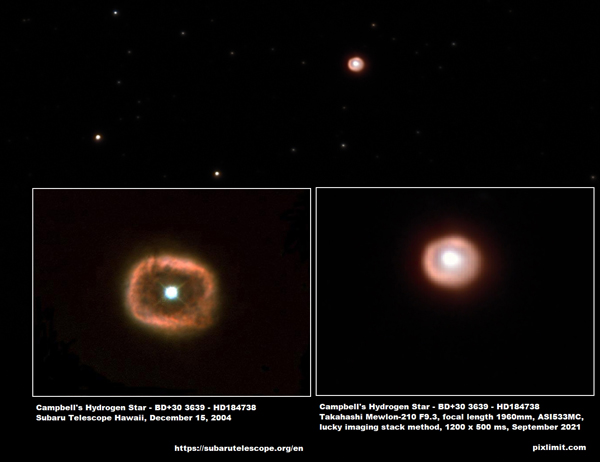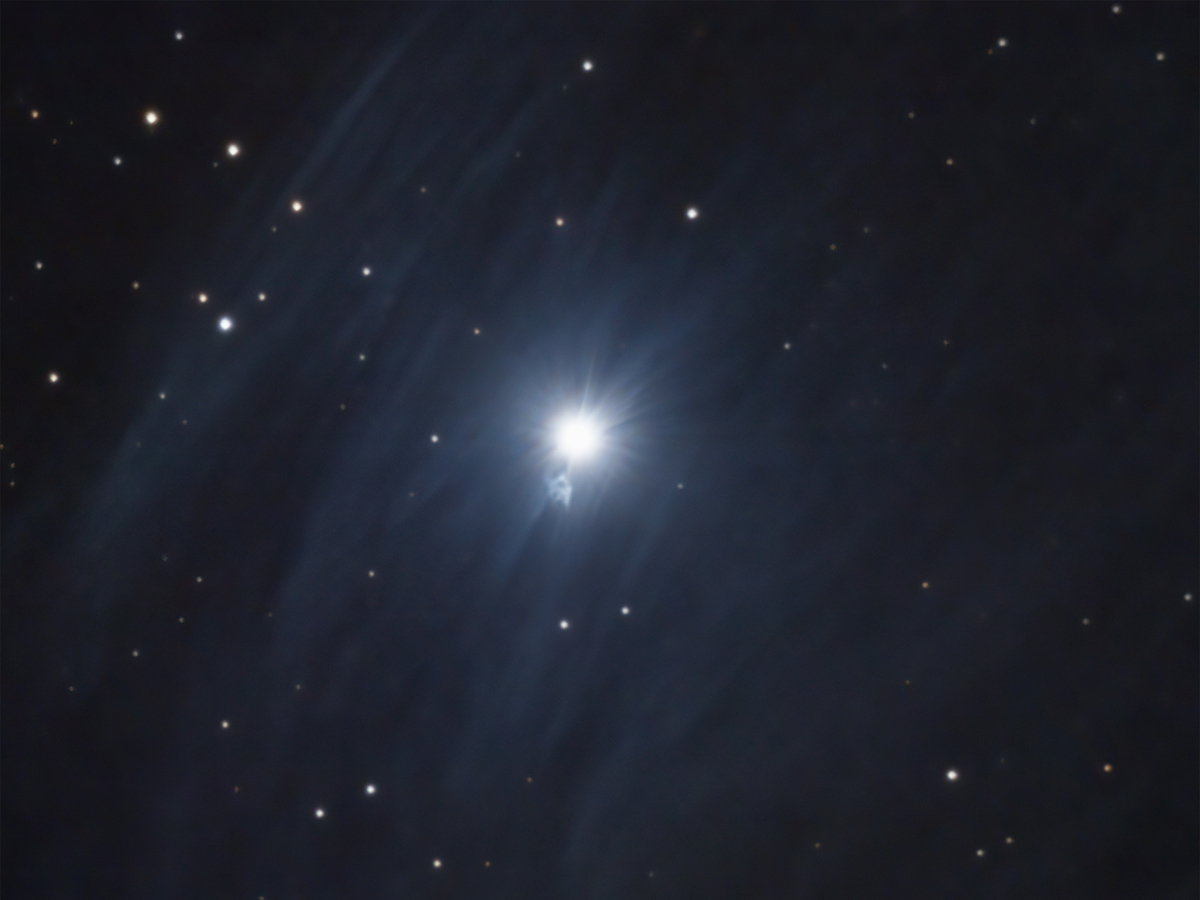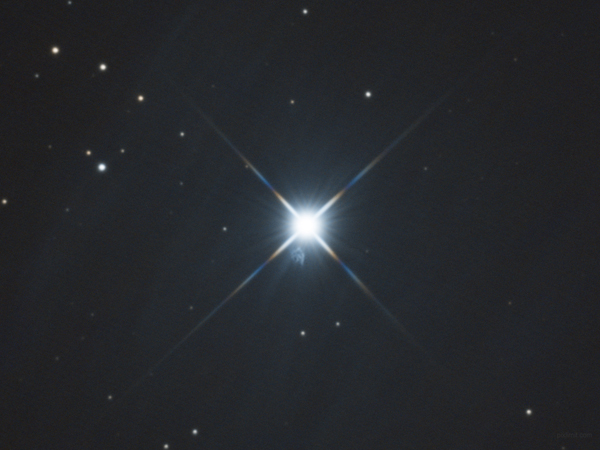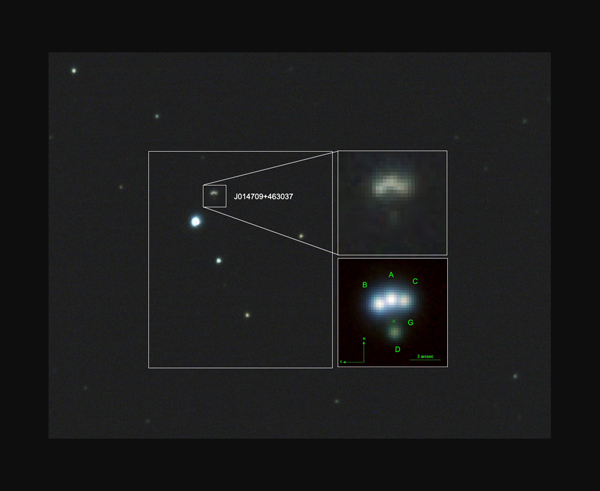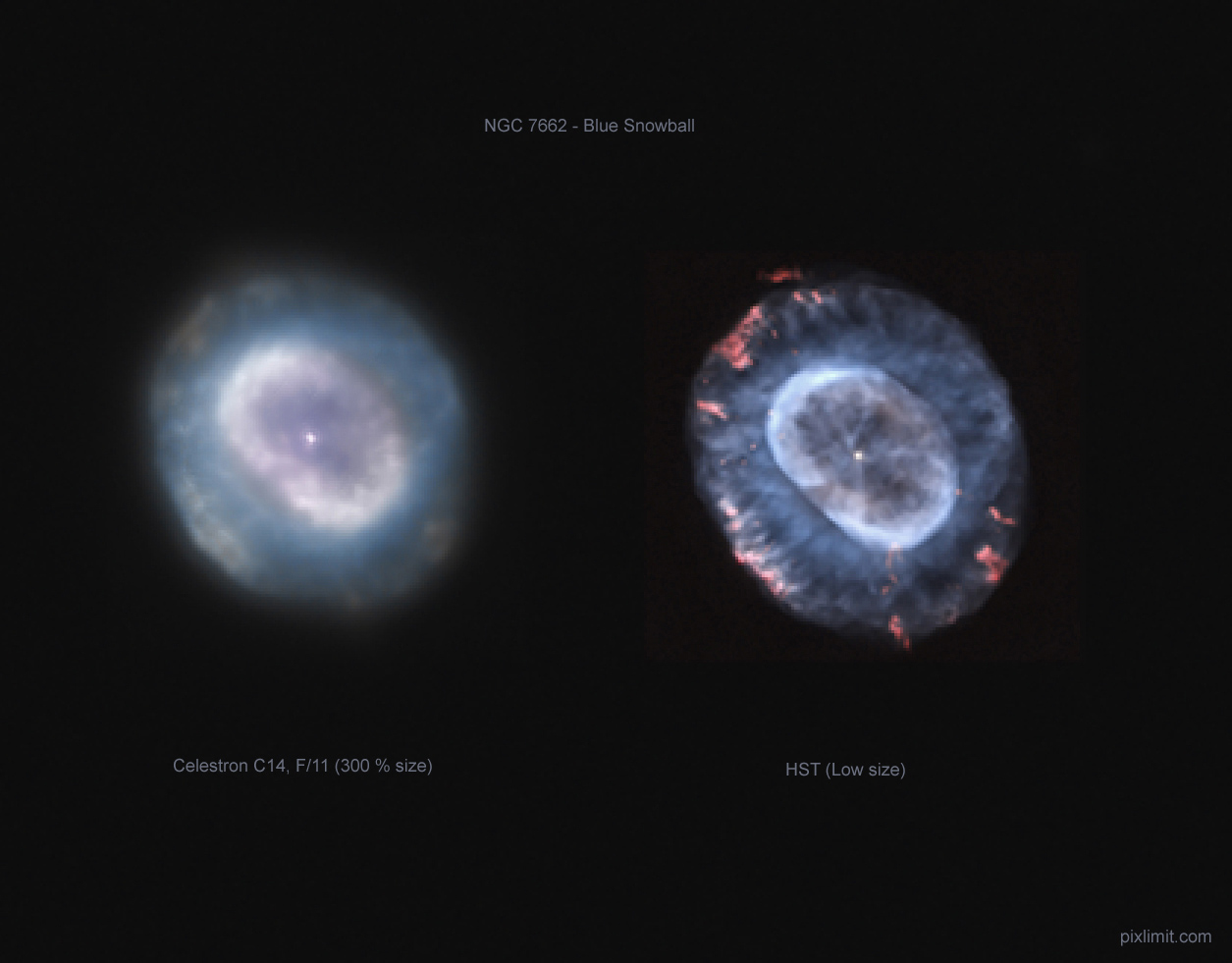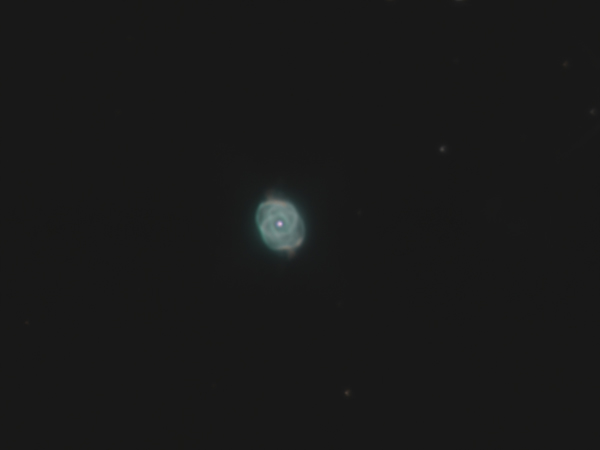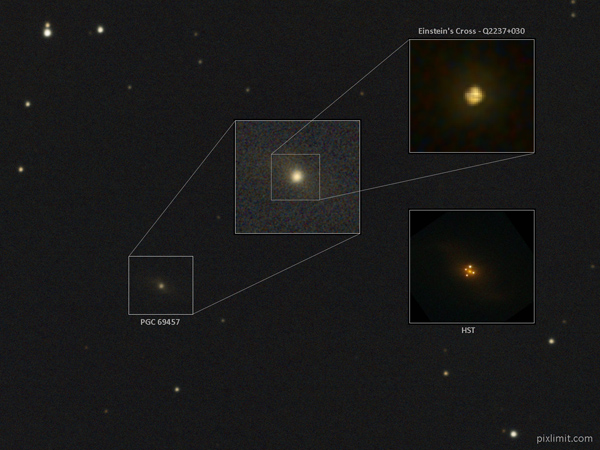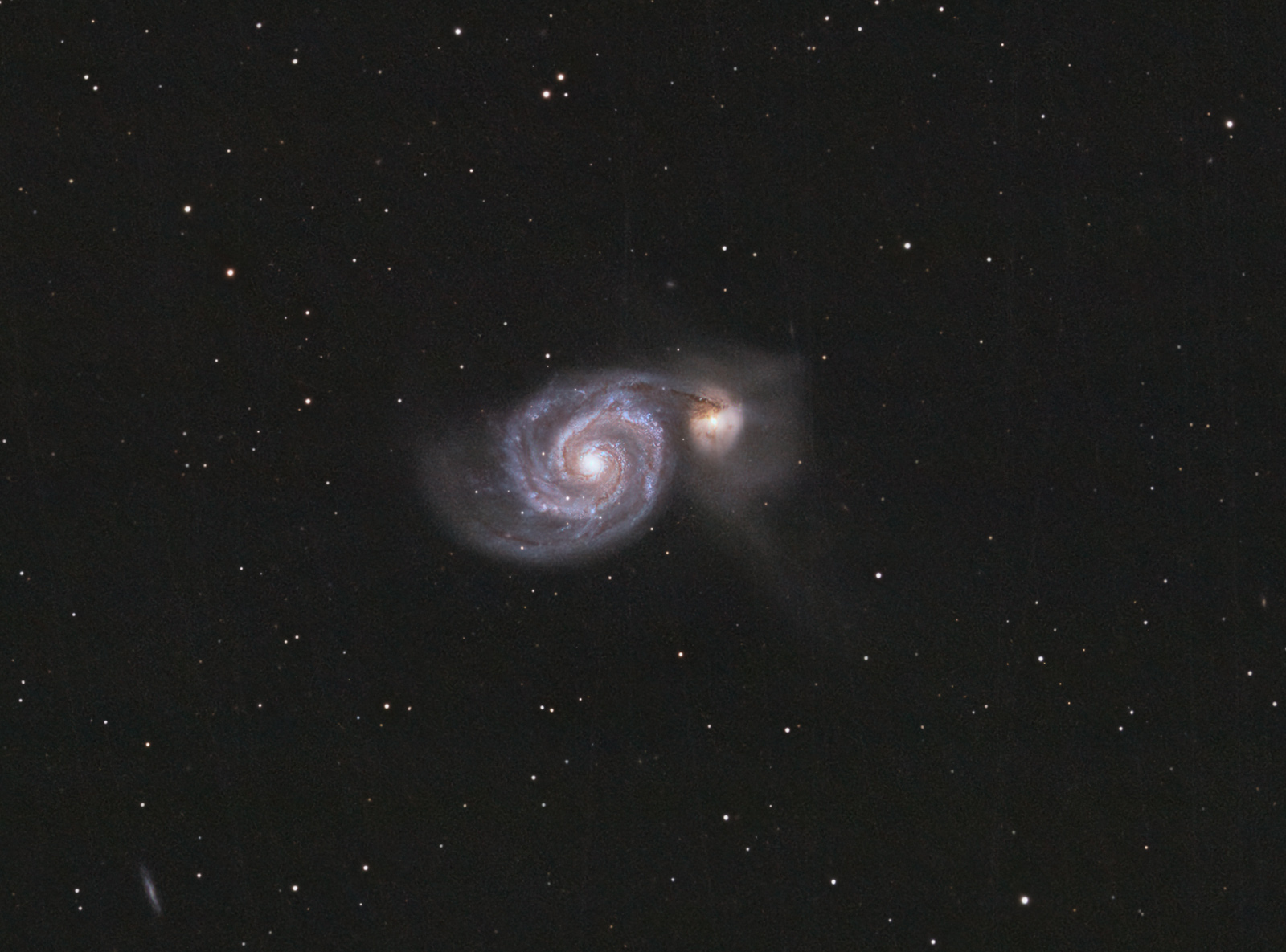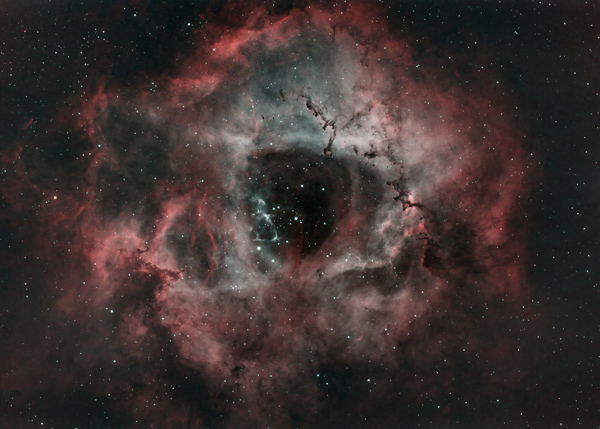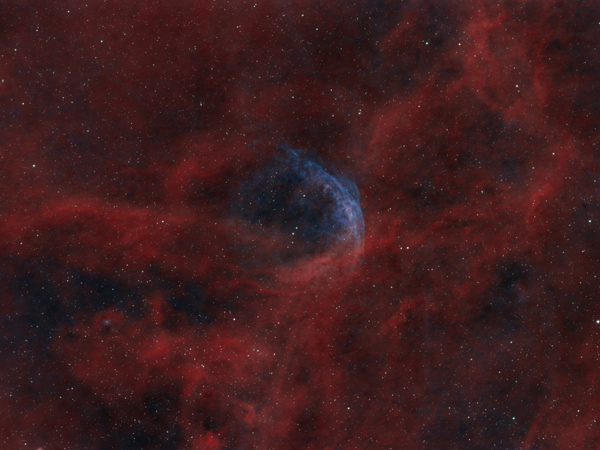News...
Thanks to the NASA APOD team for this honor for the Astronomy Picture of the Day (APOD), August 1st 2025 Here I have a close-up of an interesting dust structures near the emission nebula M 16. The Bok Globules (after the astrophysicist of the same name Bart Bok) shown in the colors of the Hubble platte SHO, R=[SII], G=Ha, B=[OIII], exposure time 50 minutes each. Captured with a PlaneWave CDK1000 from the Baader Remote-Observatory in Chile, Baader SHO filters with a bandwidth of 6.5 nm each were used as the filter set. The camera used was a Moravian C5A-100M CMOS camera with a Sony IMX461 sensor, resolution 11664x8750 pixels, pixel size 3.76x3.76µm. The star colors are typical for SHO, The FOV is approx. 3.5 x 3 arcminutes.
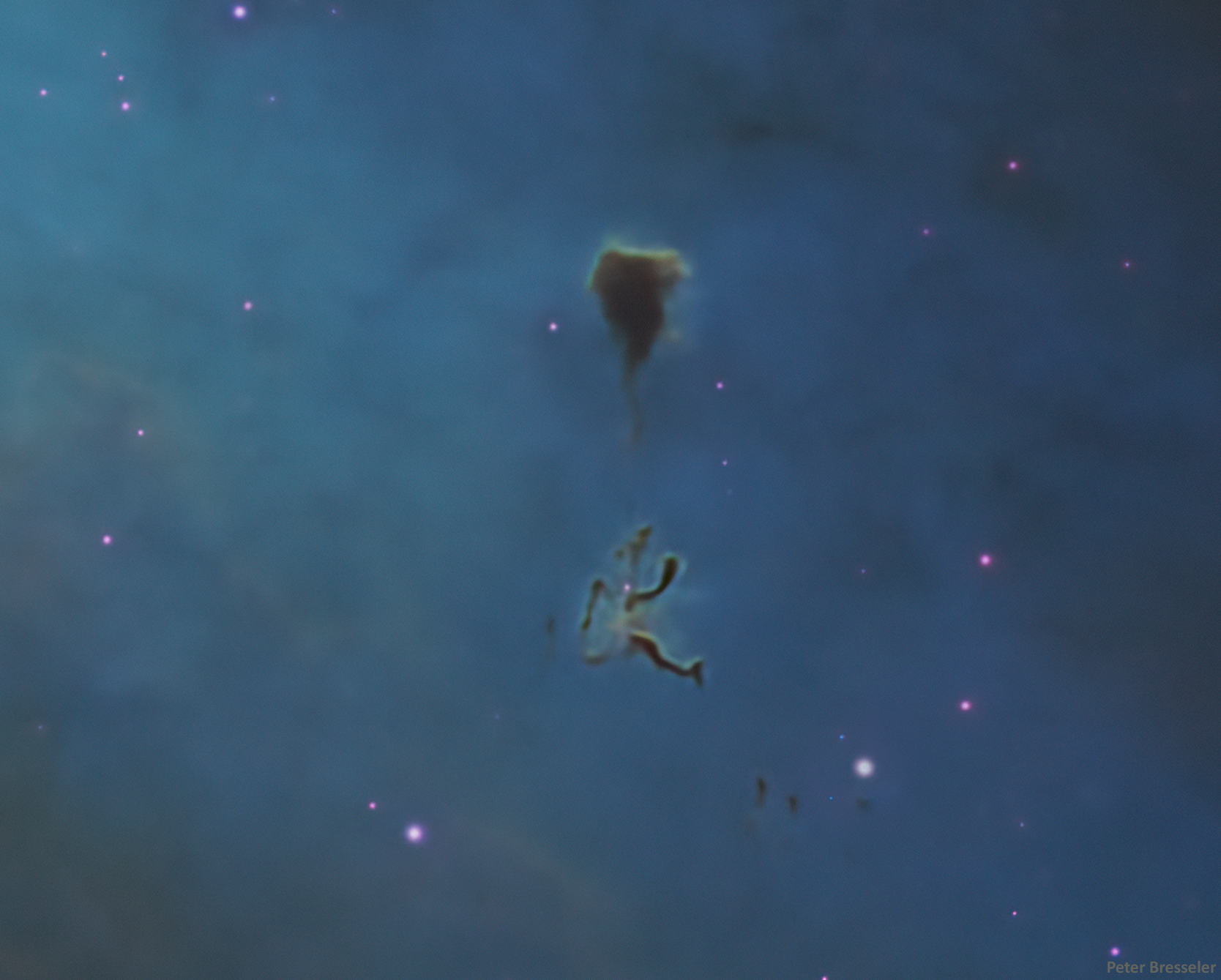
Blog
Next Gen Astrophotography - join me on a journey to another world with the PlaneWave CDK1000 telescope from the new Baader Planetarium Remote Observatory.... Join me
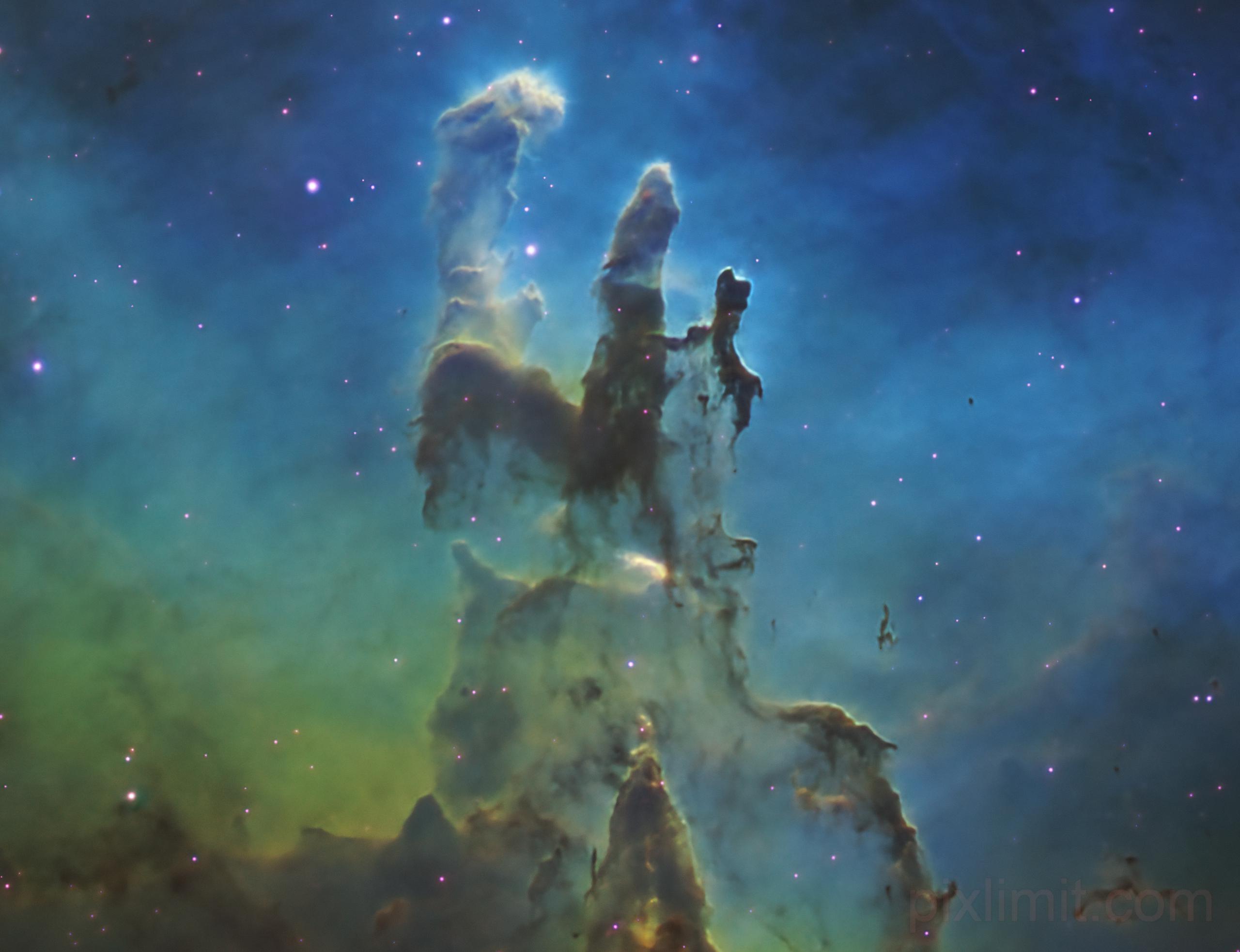
Latest discoveries
In the context of a citizen science project we discovered planetary nebulae (PNe) as well as Herbig-Haro Objects (HHO). Click here for the discoveries:
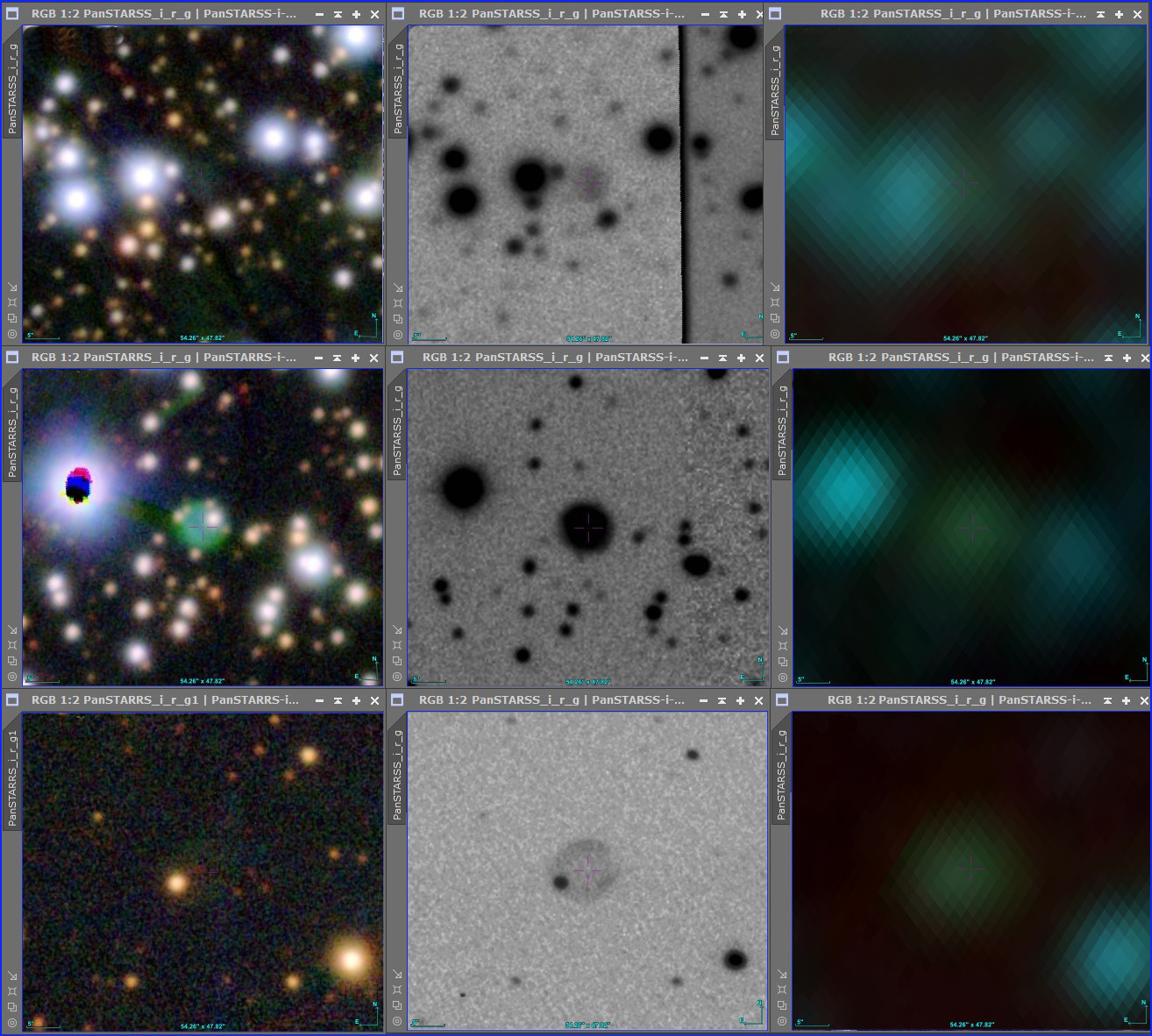
Planetary Nebula (PN) Br 6 or PNG 088.2-00.8 - discovery image with ZWO ASI220MM and Celestron C11 EHD F/11
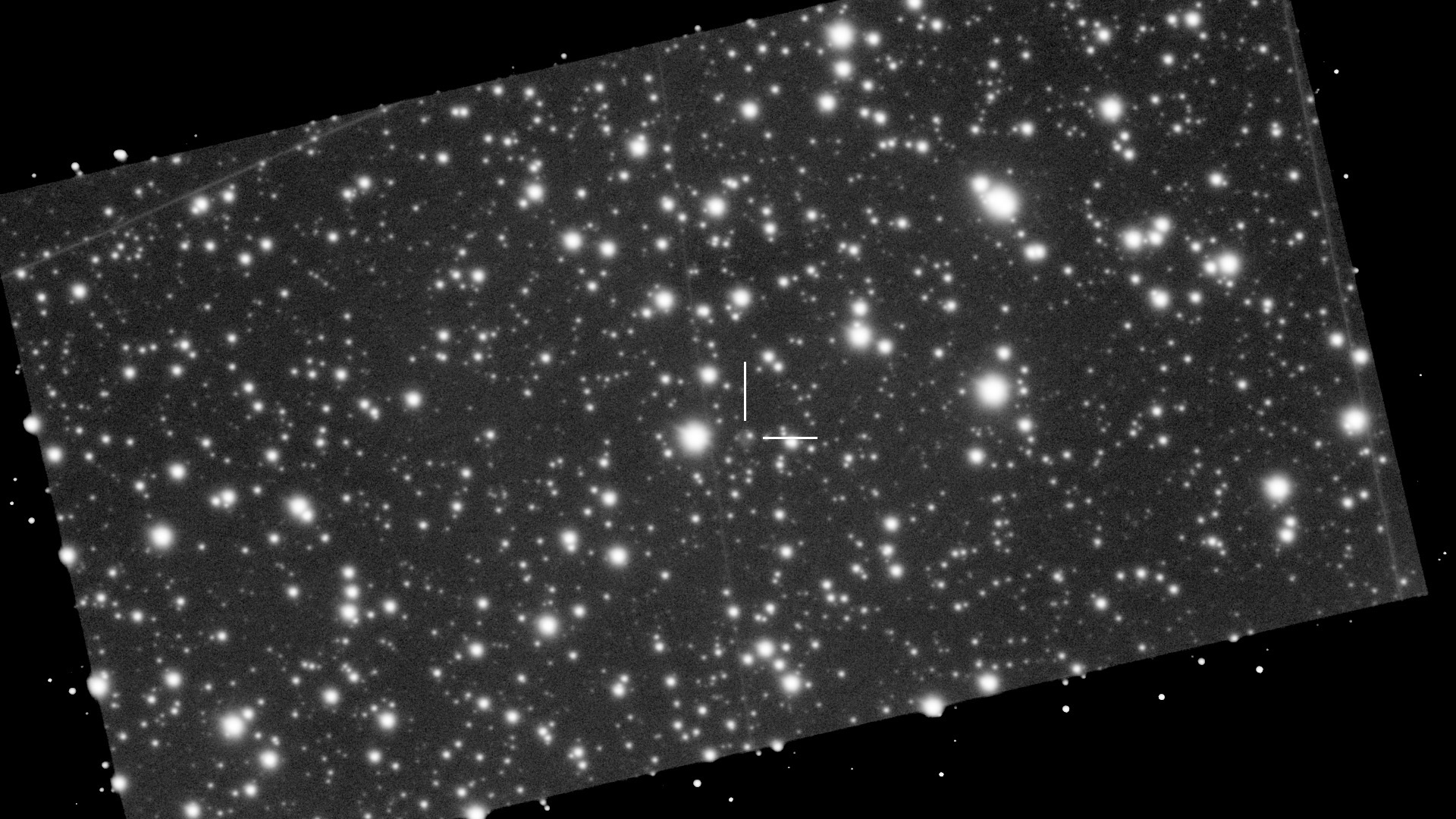
Bresseler 6, Br 6 or PNG 088.2-00.8, is a new and young planetary nebula in the constellation cygnus. You can find the PN at the position: 21:08:31.30 +46:28:49.70. The brightness is about 15 mag visually, i.e. the PN should be visible in telescopes
around 12 - 14" in combination with an [OIII] filter. Br 6 can of course also be captured photographically, which should be possible with telescopes from 6 - 8". Br 6 has a size of approx. 10 arc seconds.
LINK: PN Br 6, PNG 088.2-00.8
Discovery of a bipolar Nebula, a Herbig-Haro object (HHO)
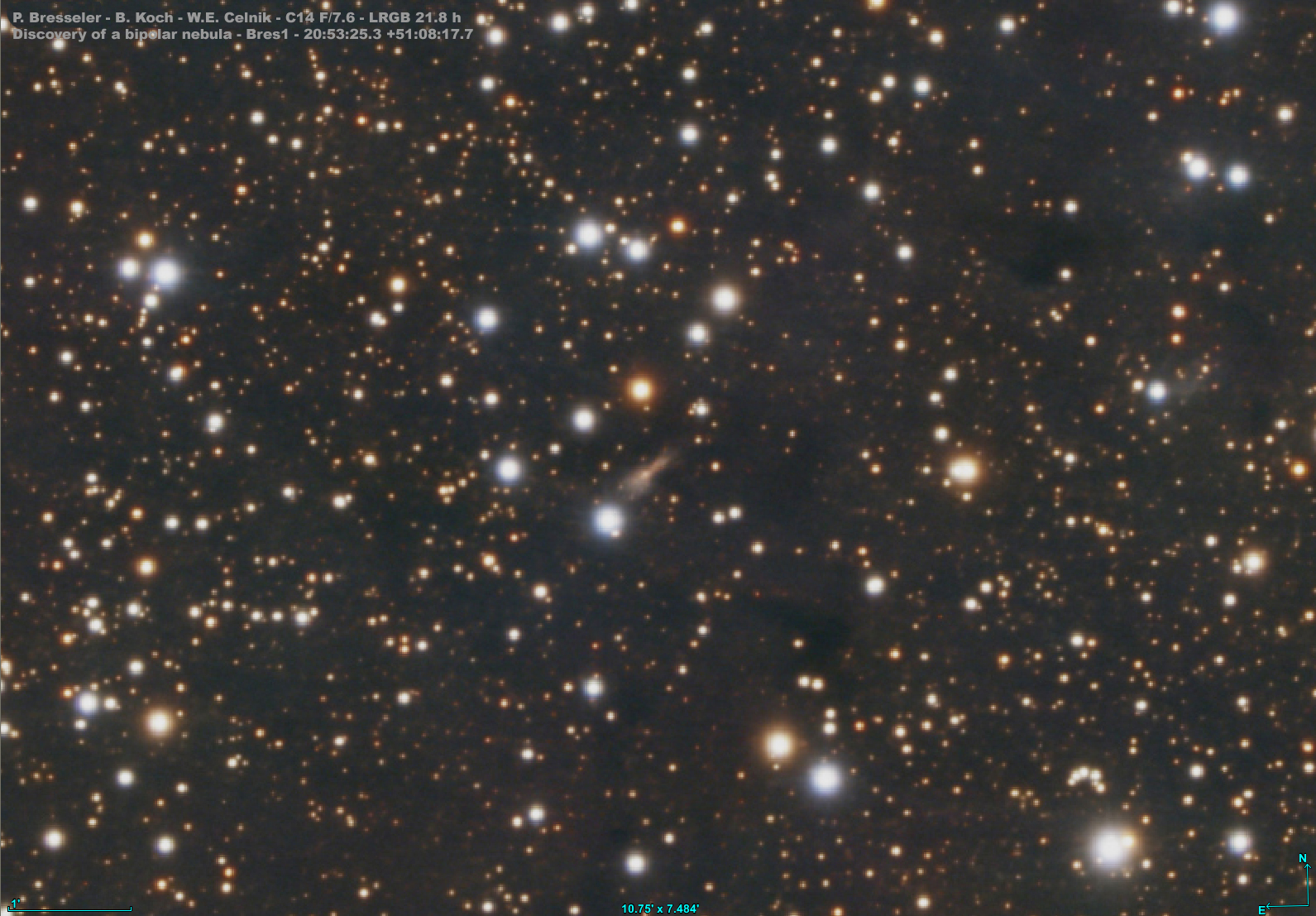
The bipolar nebula is located in the constellation Cygnus (swan) at position 20:53:25.29 +51:08:18.5. The bipolar nebula covers emission lines typical of Herbig-Haro objects (HHOs) and has a size of about 30 arc seconds. This makes the HHO an interesting observation target for amateur telescopes.
LINK: HHO Bres 1
Lucky Imaging Gallerie
Celestron RASA 8 and 10Micron GM1000 mount
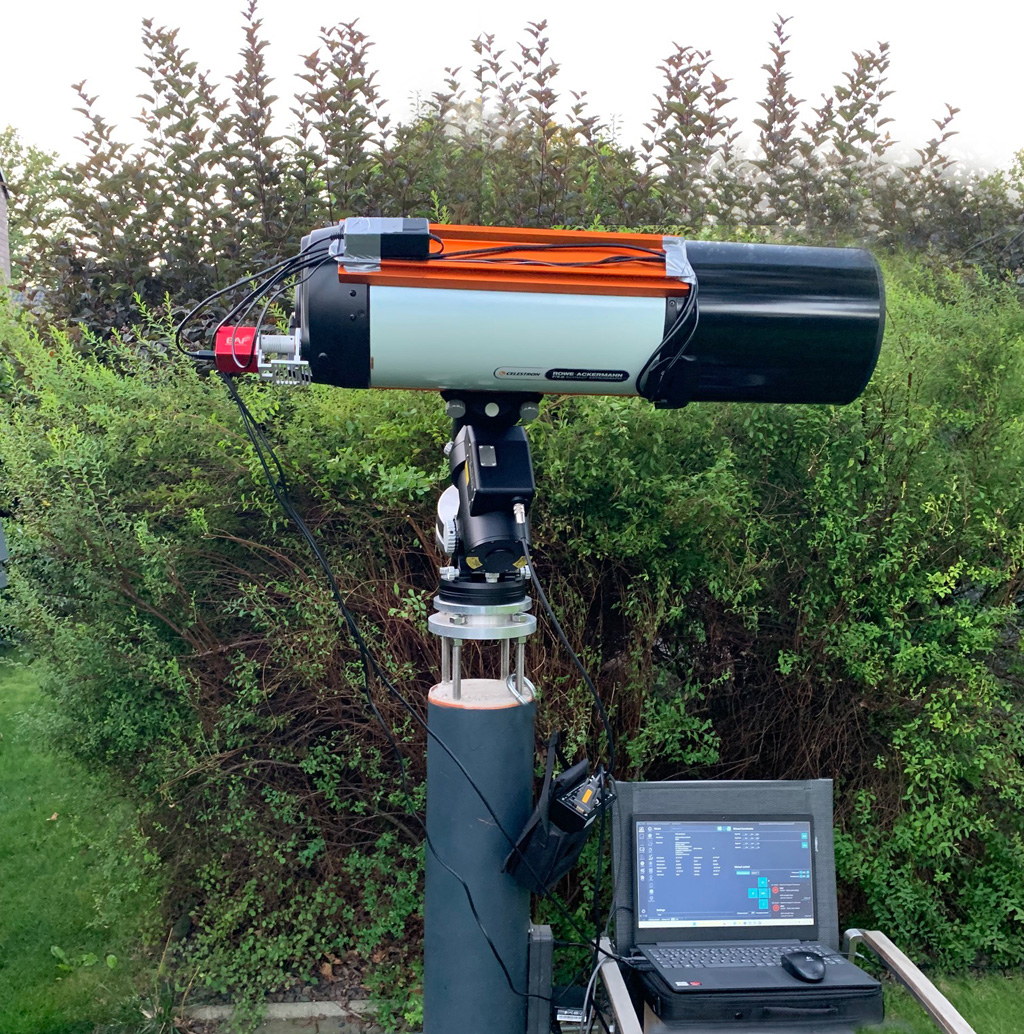
Currently I am using a Celestron RASA 8 and 10Micron GM1000 mount.
Read More ....
